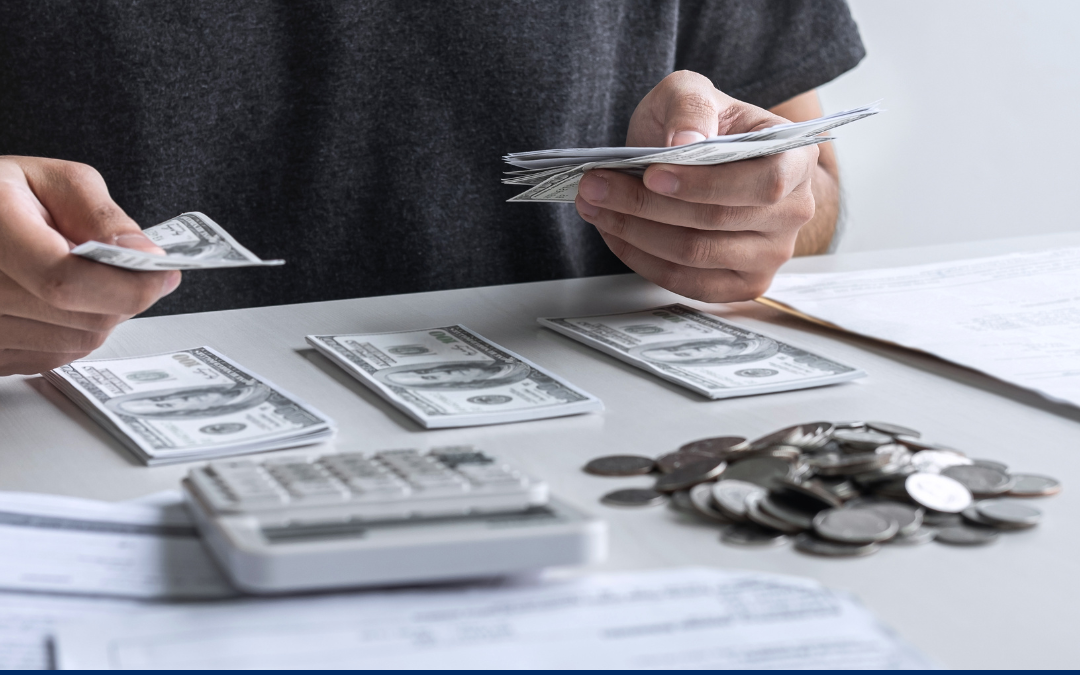When one of your company’s customers can’t pay up, you may be able to give that debt “the business.” That is, you may be able to claim a tax deduction under Internal Revenue Code Section 166. To successfully do so, however, you’ll need to know how the tax code defines a partially or wholly worthless “bad debt.”
A deductible bad debt can generally be defined as a loss arising from the worthlessness of a debt that was created or acquired in your trade or business, or that was closely related to your trade or business when it became partly or totally worthless. The most common bad debts involve credit sales to customers for goods or services.
Other examples include loans to customers or suppliers that are made for business reasons and have become uncollectible, and business-related guarantees of debts that have become worthless. Debts attributable to an insolvent partner may also qualify.
The IRS will scrutinize loans to be sure they’re legitimate. For example, it might deny a bad debt deduction if it determines that a loan to a corporation was actually a contribution to capital.
There’s no standard test or formula for determining whether a debt is a bad debt; it depends on the facts and circumstances of each case. To qualify for the deduction, you simply must show that you’ve taken reasonable steps to collect the debt and there’s little likelihood it will be paid. Our firm can look at your potentially bad debts and tell you for sure whether they’re deductible.





